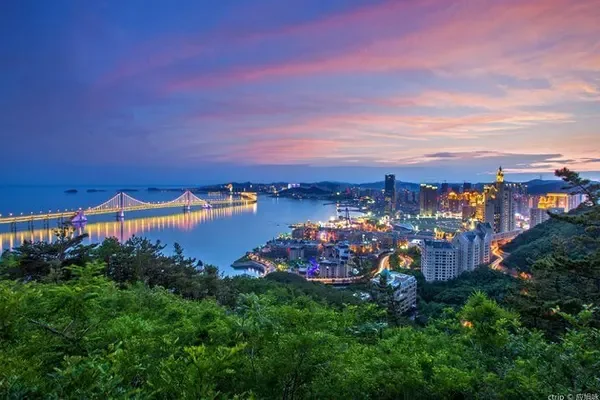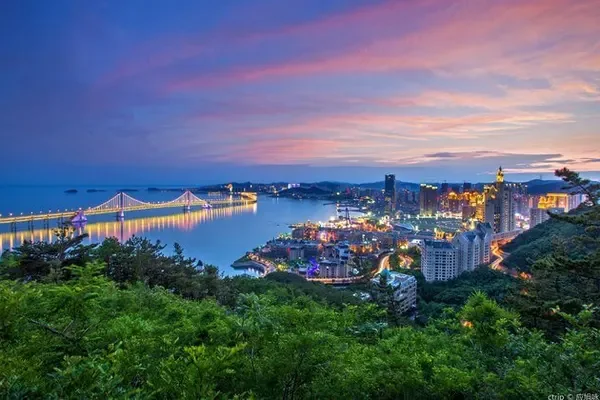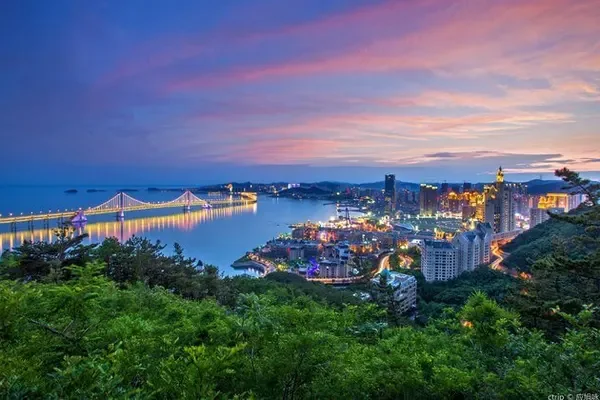Kuqa, a small county town along the southern Xinjiang Railway, was named Gui in ancient times.
It is relatively famous. During the period of the ancient Silk Road, it was one of the big countries among the thirty-six countries in the Western Regions. During the Han Dynasty, the Anxi Protectorate was established here, and Kucha became the political and military center of the central government in the Western Regions. It is also said that Bai Juyi's ancestor was also born in the Kucha Kingdom with the Hu surname Bai.
There are many caves in Kucha, and the excavation history of Kizil Thousand Buddha Caves is 300 years earlier than that of Mogao Grottoes. The Subash Temple was even larger than a city at that time. Kucha also produced an eminent monk, Kumarajiva, who went to Tianzhu to study Buddhism when he was young, and went east to Chang'an in his later years, where he translated dozens of Buddhist scriptures. His life is like a footnote in the history of Kucha Buddha Land.
Kucha was once known as the "Le Capital of the Western Regions". Kucha music and dance inherits the profound heritage of the combination of Chinese and Western, and was passed to Liangzhou when Lu Guangdong returned to the Central Plains. It promoted the reconstruction of Chinese classical music and created a new era in the history of Chinese music.
I mainly went to two scenic spots in Kuqa, Kuqa Great Temple and Kuqa Palace. The mysterious Grand Canyon of Tianshan Mountain that I planned to go to was located on the Duku Highway section, more than 70 kilometers away from the county seat. I will take a trip to the Duku Highway in July of a certain year in the future.
The Kuqa Temple and the Palace are both in the old city, and there is no bus stop nearby, and Gaode's search is also at a loss. Let's take a taxi. When I went there, the temple was not yet open, so I went to the palace first, passed by a local breakfast shop, and had a bowl of soup noodles, similar to beef noodles, and the price was 4 yuan. It's just that the mutton smell in the restaurant is particularly strong.
Kuqa Palace (55) is a complex of buildings combining Central Plains style and Uyghur style. There are a total of 12 kings of Kuqa. The ancestors made great contributions in suppressing the rebellion of Hezhuo and Zhuo. In the palace, there are the last king exhibition hall, the palace mosque, the palace family history museum, the prince's home visit area, Maza and other buildings. Dawuti Maihesuti, the twelfth generation prince, became a hereditary prince when he was young, but he experienced ups and downs in his life. Unfortunately, the "last hereditary prince" passed away in July 2014. Tourists need to pay 30 yuan to take photos with the princess.
The Kucha Museum is now moved to the palace. The whole museum is divided into six exhibition halls, including Qiuci Spring and Autumn Period, Kucha Buddha Rhyme, Production, Life, National Folklore, and Coins. Among them, the Buddha Rhyme Museum in Kucha exhibits unearthed Buddha statues, temple building components, murals and other cultural relics. From the faces and headdresses of the Buddha statues, you can vaguely see the outline of the Europa race, as if telling people about Kucha as the Silk Road. The glorious history of Lu Buddhist Center is the most worth seeing. There is also the remains of the Europa couple in the Han Dynasty in one exhibition hall. The male is 1.85 meters tall and the female is 1.80 meters tall, which further illustrates the fact that Chinese and Western cultures blended at that time. There is also the remains of a Kucha female corpse. According to the guide, it should be of noble blood, a Serbian beauty, which can be proved from its flat forehead and painted coffin. Several Buddha heads in this museum are replicas, and the originals are collected in the Folklore Museum in Berlin, Germany.
The Kuqa Grand Mosque (15) is the largest mosque in Kuqa, second only to the Id Kah Mosque in Kashgar, with a history of more than 500 years. But what we see now is the Great Temple rebuilt in 2013. The gate tower of the temple is as high as 18 meters, all made of earth bricks. The worship hall in the temple can accommodate more than 5,000 people, and the ground is covered with colorful carpets. The whole hall is supported by 88 pillars, each of which is painted with exquisite patterns. There is a tall rammed earth city wall in front of the gate of the temple. The stone tablet in front of the wall tells you that this is the remaining Qing Dynasty city wall of the ancient city of Qiuci.
In the old town of Kuqa, Restan Road is the main road of the old town. The houses on both sides are decorated with wooden gates with exquisite patterns. You will see flat-bed tricycles running on the street, carrying the family into the alley. From time to time, a Uyghur woman walked by carrying a few big naans as big as bicycle wheels.
Walk across the bazaar at the bridgehead of Kucha Ancient Ferry (also called Tuanjie New Bridge) and enter the new urban area. There are no signs of several buses on the bus stop here, and there is no stop name. I just took the bus according to the direction based on the impression of taking a taxi.
Lunch was eaten at a halal restaurant near the Kuqa Hotel. The sheep's trotters here are not peeled, and the bean noodles and beef patties are very authentic. I ordered a beef patty and haven't finished it yet, I'll save it for dinner on the train to Korla.
I booked a train ticket for 6:32 pm, so I had more time. I went back to the hostel to pick up my luggage, took a closer look at the environment, and found that the owner ran the hostel like a chariot shop, with a rough style, and also sells lottery tickets. The only youth hostel in Kuqa is called Fuchen Youth Hostel, but it’s just that we didn’t have the chance to stay here this time.
When walking to the train station, in order to further determine the direction. I asked a policeman for directions in my self-satisfied "British Mandarin", but it turned out to be a Han guy. He smiled and said to me, "Speak Mandarin well, I can understand it." Thinking of this scene along the way, I couldn't help smiling.



